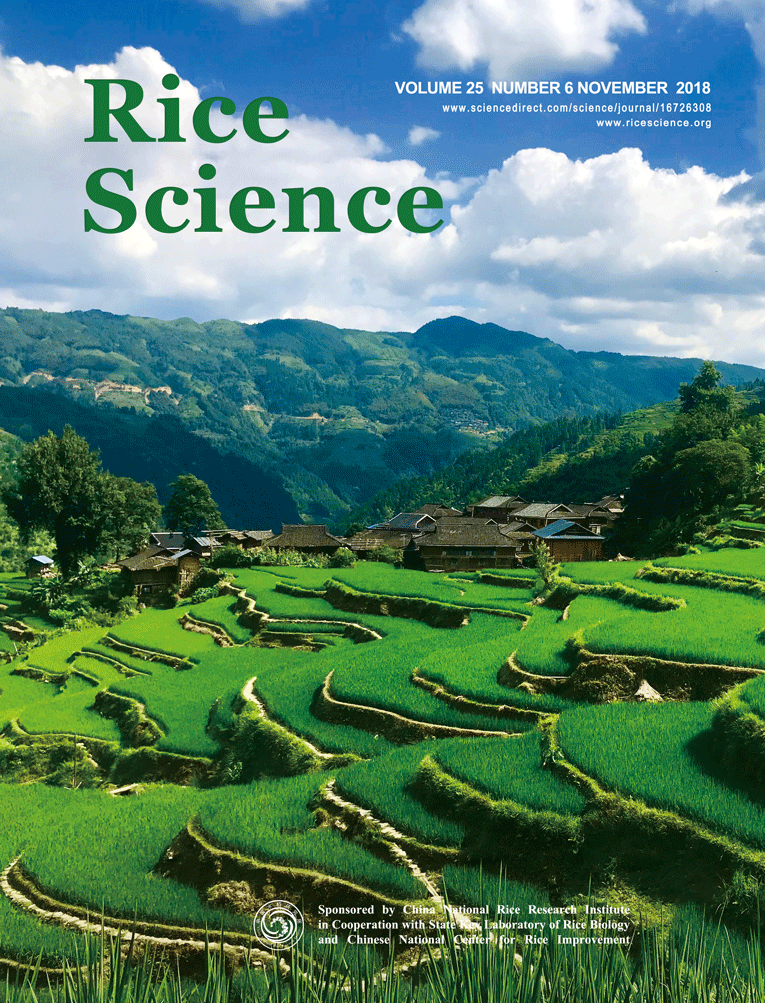Cover crops can provide changes in soil chemical and physical properties, which could allow a sustainable development of soybean and upland rice rotation in Brazilian Cerrado. The objective of this study was to determine the effects of cover crops (cultivated in the offseason) in the soybean-upland rice rotation (cultivated in the summer season) on the soil chemical and physical properties, yield components and grain yield of the cash crops. The experimental design was a randomized block design in factorial scheme 4 × 2 with six replications. Treatments were composed by four cover crops: fallow, millet (Pennisetum glaucum) + Crotalaria ochroleuca, millet + pigeon pea (Cajanus cajans), and millet + pigeon pea + Urochola ruziziensis in the offseason with one or two cycles of cover crops, with rice (Oryza sativa) or soybean (Glycine max) in the summer season. Cover crops alone provided no changes in soil chemical properties. However, the rotation cover crops / cash crops / cover crops / cash crops reduced pH, Al and H + Al and increased Ca, Mg, K and Fe contents in the soil. The cover crops millet + pigeon pea and millet + pigeon pea + U. ruziziensis improved soil physical properties in relation to fallow, especially in the 0-0.10 m soil layer. In spite of the improvement of the soil physical properties after two years of rotation with cover crops and cash crops, the soil physical quality was still below the recommended level, showing values of macroporosity, S index and soil aeration capacity lower than 0.10 m3/m3, 0.035 and 0.34, respectively. Upland rice production was higher under mixtures of cover crops than under fallow, mainly because of soil physical changes done by these mixtures of cover crops. Soybean grain yield was similar under all cover crops tested, but was higher after the rotation cover crops / upland rice / cover crops than after only one cycle of cover crops.

